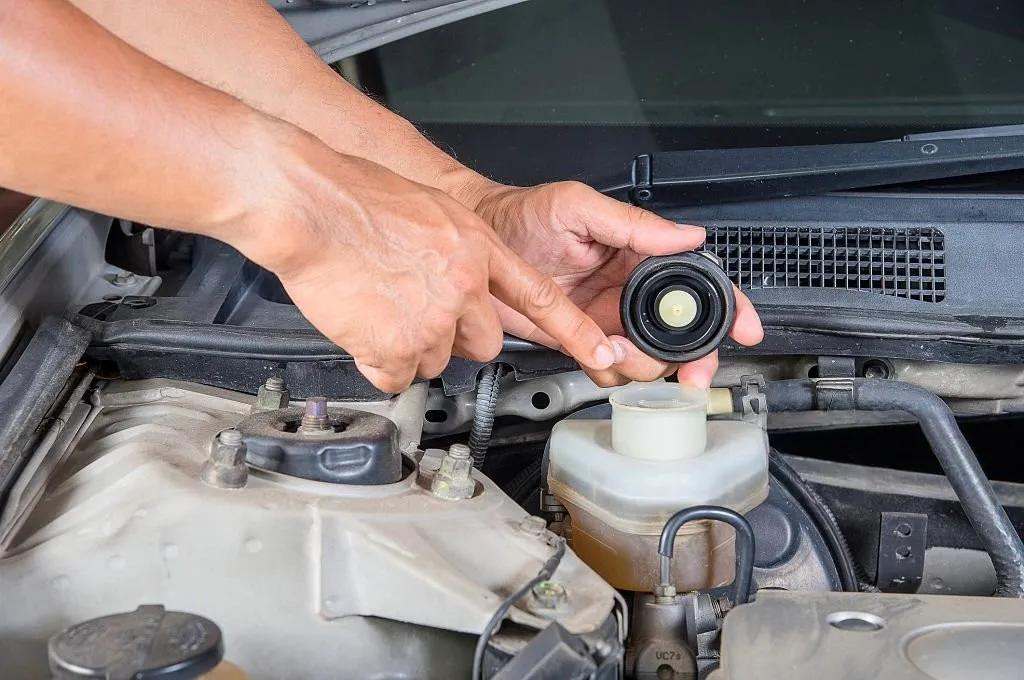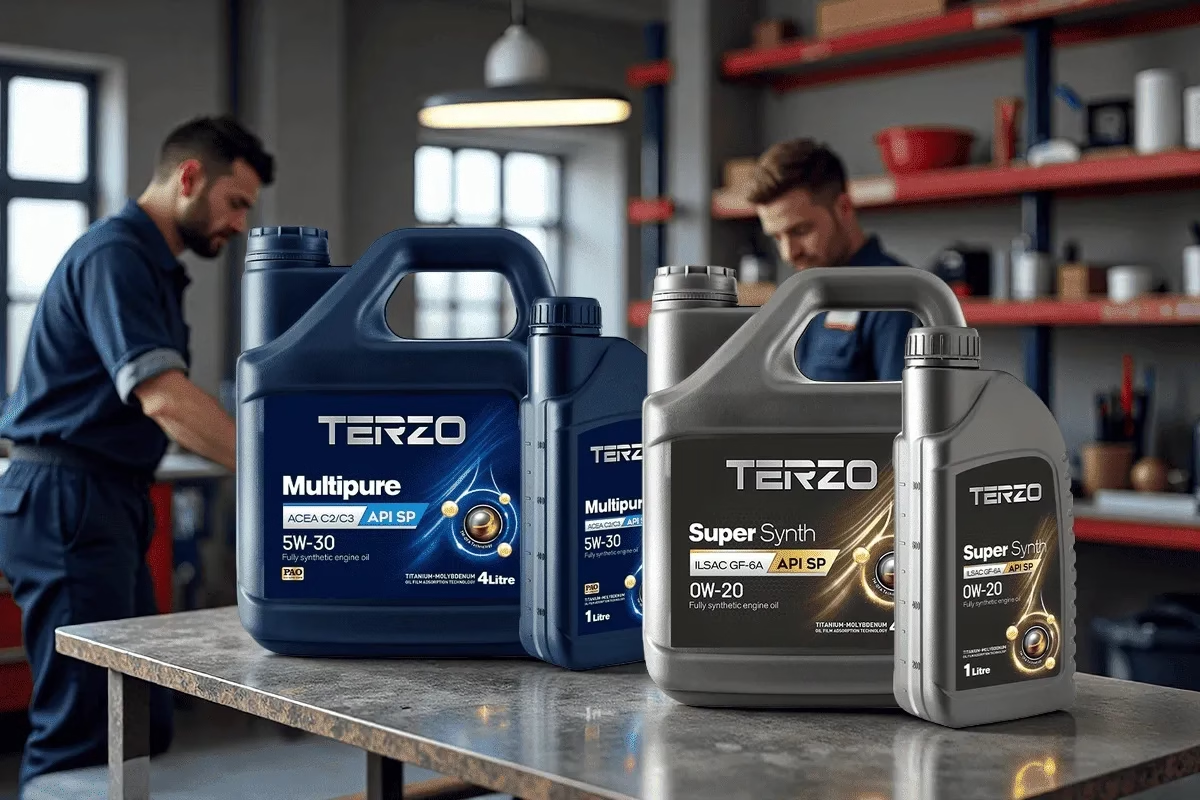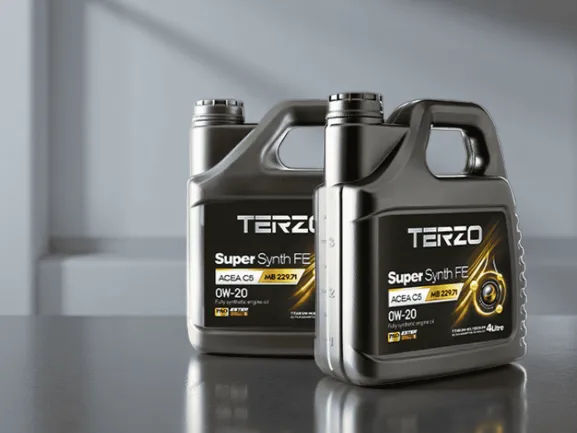Une erreur courante mais coûteuse
Que vous soyez un conducteur bricoleur en AfriqueLe directeur d'un parc de véhicules de l'entreprise Asie du Sud-Estou un propriétaire d'atelier en Amérique du SudUne question revient fréquemment :
Contrôlez-vous l'huile moteur lorsque la voiture est en marche ?
La réponse est courte : Non. Jamais. Mais beaucoup le font encore, et les conséquences peuvent être graves.
Cet article offre une clarté technique, étayée par L'expérience internationale de TERZOet montre pourquoi la compréhension de la procédure correcte protège à la fois votre moteur et votre investissement.
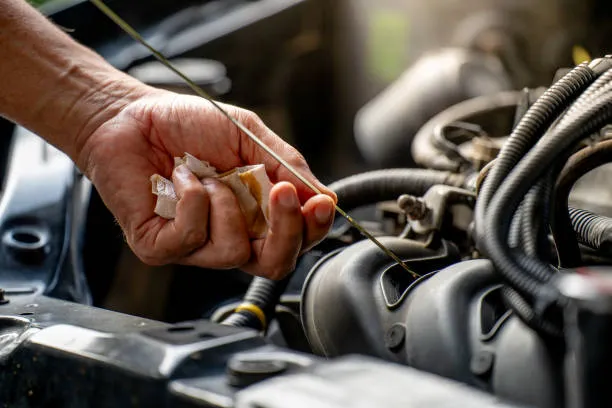
Faut-il vérifier l'huile moteur lorsque le moteur tourne ?
Non. Contrôlez-vous l'huile de votre voiture lorsque le moteur tourne ? Vous ne devriez absolument pas. Voici pourquoi :
Relevés imprécis: L'huile en circulation circule et ne reflète pas le niveau d'huile dans le carter.
Risque pour la sécurité: Les pièces mobiles du moteur, les courroies et l'huile chaude peuvent provoquer des brûlures ou des blessures.
Risque de moussage: L'aération de l'huile en cours de fonctionnement entraîne des lectures erronées de la jauge.
Contamination potentielle: De la poussière ou des débris peuvent pénétrer dans le tube de jauge ouvert en cours de fonctionnement.
Meilleure pratique :
Désactiver le moteur. Attendre 5-10 minutes. Vérifier ensuite.
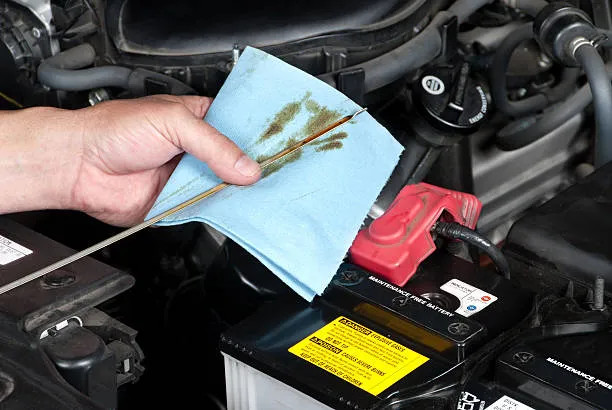
La bonne façon de vérifier l'huile : Étape par étape
1. se garer sur une surface plane.
2. éteindre le moteur et le laisser reposer pendant 5 à 10 minutes.
3. localisez la jauge d'huile, retirez-la et essuyez-la.
4. réinsérer complètement, retirer à nouveau et observer le niveau et l'état.
5.L'huile devrait se situer entre les MIN et MAX et semblent propres (de couleur ambre à brun clair pour les produits synthétiques).
Pour plus de précision, utilisez toujours une huile stable et performante telle que Huiles entièrement synthétiques TERZO.
Que se passe-t-il si vous effectuez un contrôle alors que le moteur tourne ?
Si vous vérifier l'huile moteur lorsque la voiture est en marcheVoici ce qui peut se passer :
1. le niveau d'huile peut sembler faussement élevé ou bas.
2. vous risquez de mal évaluer les besoins réels de lubrification.
3. un remplissage excessif basé sur des relevés erronés peut provoquer :
-Mousse d'huile
-Cavitation de la pompe à huile
-Convertisseurs catalytiques endommagés
De même, si vos mains glissent sur un moteur chaud, les conséquences peuvent être plus que mécaniques...ils peuvent être physiques.
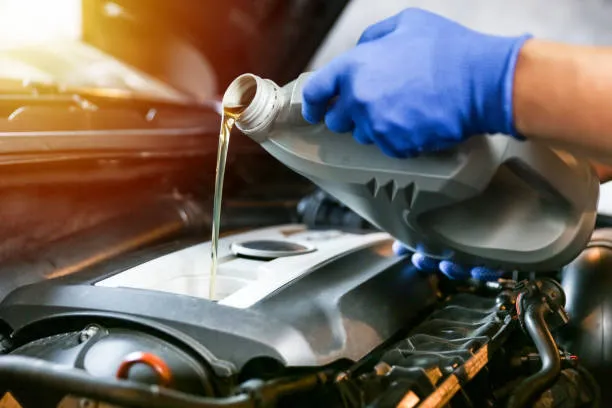
Pourquoi la précision du contrôle de l'huile est-elle importante pour les moteurs modernes ?
Les moteurs d'aujourd'hui sont plus sensibles que jamais :
Moteurs turbocompressés: Fonctionne plus chaudement, nécessite des niveaux d'huile précis
GDI (injection directe d'essence): Plus de risques de dépôts
Systèmes de distribution à calage variable: Dépend de la stabilité de la pression d'huile
L'utilisation de lubrifiants de qualité supérieure tels que Les huiles TERZO certifiées API SN/CF garantit une faible volatilité, une viscosité constante et des propriétés anti-mousse.
Voir l'ensemble de la gamme → Produits pétroliers TERZO
Considérations régionales : Chaleur, humidité et terrain
Dans les marchés tropicaux - comme Indonésie, Nigériaou Brésil-L'huile se dilate et s'amincit plus rapidement sous l'effet de la chaleur, ce qui accroît le risque de mesures incorrectes si le contrôle est effectué en cours d'exécution.
TERZO propose une formation et un soutien sur ces marchés afin de promouvoir une utilisation correcte, y compris :
Contrôler correctement la synchronisation par temps chaud
Intervalles de vidange pour différents profils de conduite
Techniques de lecture de la jauge d'huile pour les flottes à fort kilométrage
Intéressé par devenir un distributeur TERZO?

L'avantage synthétique de TERZO
Les huiles moteur synthétiques TERZO offrent :
Indice de viscosité stable pour une lecture fiable de la jauge d'huile
Résistance thermique accrue dans les régions chaudes et à forte charge
Amélioration de l'intégrité du film d'huile même dans des conditions d'arrêt-démarrage
Cela fait des huiles TERZO un choix de premier ordre pour les conducteurs et les flottes qui veulent précision, protection et intervalles de vidange prolongés.
Besoin d'aide pour la sélection des produits ou l'assistance technique?
Dernier point à retenir : Laisser reposer le moteur
Alors, vérifiez-vous l'huile de votre voiture lorsque le moteur tourne ? La réponse est claire : Non.
Laissez votre moteur se reposer. Utilisez une huile de qualité. Effectuez les contrôles correctement et en toute sécurité.
1. protéger votre moteur
2. éviter les erreurs coûteuses
3. suivre les meilleures pratiques mondiales de TERZO
Connectez-vous avec notre équipe mondiale pour accéder à des solutions d'huile moteur adaptées à votre région, à votre environnement et à vos types de moteurs.



